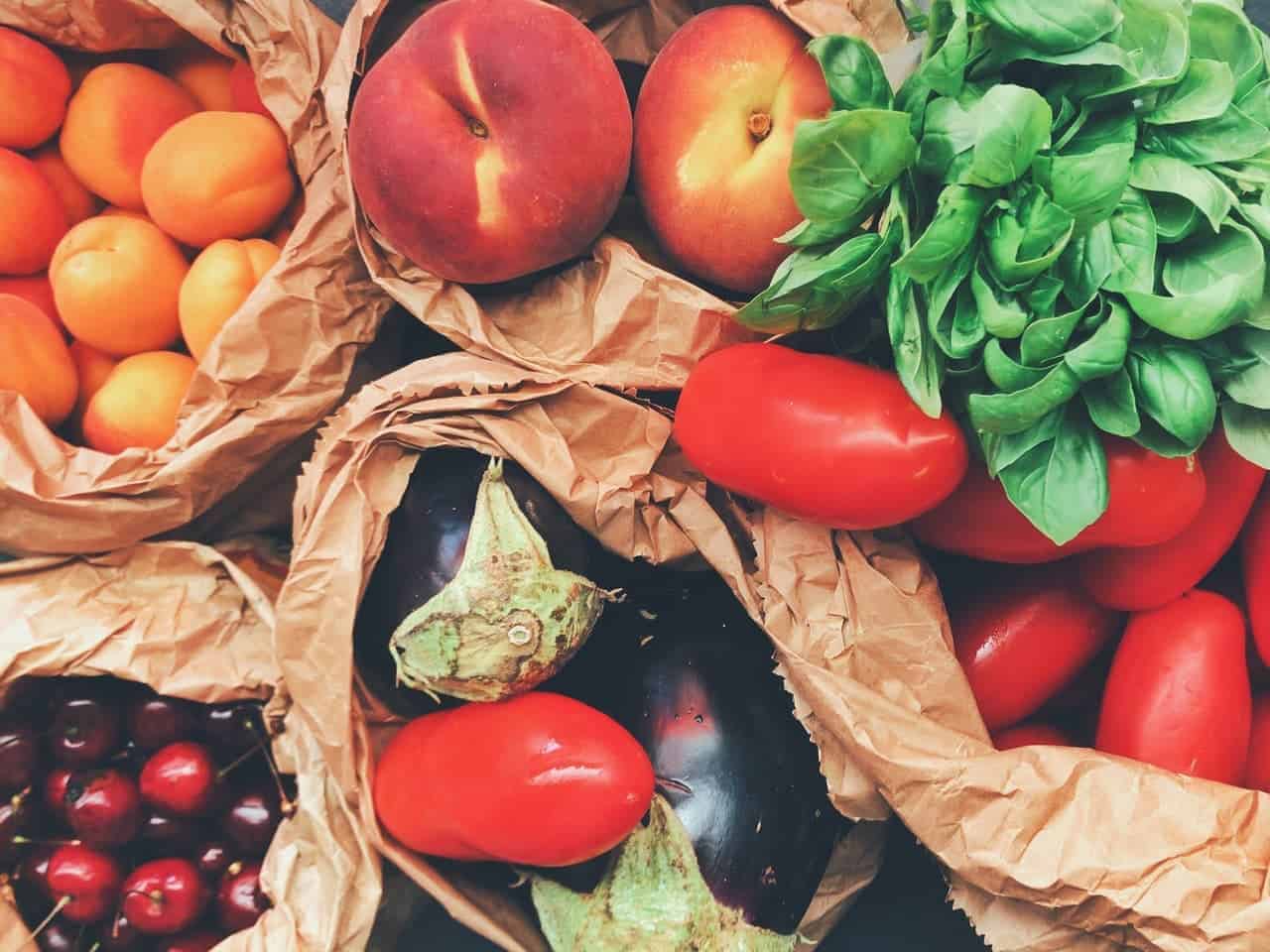Our body needs vitamins to properly grow and develop. Yes, there’s a reason why it seems we heard “get your vitamins” more frequently during childhood – because we needed them – and still do. One vital vitamin is vitamin A.
What is vitamin A?
There are two varieties of vitamin A. The first type is preformed vitamin A, which is found in dairy, fish, meat, and poultry. The second type is provitamin A, found in fruits, vegetables, and plants. Beta-carotene, a red-orange pigment in more colorful fruits and vegetables, is the most common type of “A” and is found in foods and supplements.
Why do I need vitamin A and how much?
“Vitamin A’s most critical role is in vision. While vitamin A has many forms, it’s converted into a form called retinal in the light sensing portion of the eye.” – Dr. Mehmet Oz (source)
Vitamin A, which is stored in the body’s fatty tissue, is essential for:
- A healthy immune system
- Bone growth
- Cell growth, maintenance, and protection (vitamin A is an antioxidant)
- Good vision
- Reproductive health
The recommended daily allowance (RDA) is 900 µg (micrograms) for men, and 700 µg for women. For those with children, here’s an RDA chart, courtesy of the Institute of Medicine:
| Age | RDA |
| 1-3 years (both sexes) | 300 µg |
| 4-8 years (both sexes) | 400 µg |
| Boys | |
| 9-13 years | 600 µg |
| 14-18 years | 900 µg |
| Girls | |
| 9-13 | 600 µg |
| 14-18 | 700 µg |
(Women who are pregnant require an additional 50-70 µg of vitamin A. Also, note that µg is equivalent to mcg. As the source listed uses the metric system, µg is listed.)
Deficiency
If you live in a developed nation, you’re more likely to over-consume this vitamin than to be deficient – a condition called toxicity. People are at risk of vitamin A toxicity if they take too many supplements and or overindulge in foods containing vitamins (e.g. athletes). The upper limit of vitamin A intake is 2,000 micrograms per day.
Vitamin A deficiency is common in poorer countries, however. Symptoms of deficiency include:
- Dry hair and skin
- Infections
- Infertility
- Underdevelopment of bones in young people
- Skin irritation
- Vision disorders (including damage to the cornea)
- Vision problems
Specific demographics are more at-risk for deficiency than others, including premature infants, infants, young children, pregnant women, and those diagnosed with cystic fibrosis.
Foods with the most Vitamin A
Here are the ten foods high in this vitamin (with nutritional data, including daily value – DV – of Vitamin A):
- Sweet potato, 1 cup, baked: 1922 µg (214% DV); 180 calories.
- Carrots, 1 cup, cooked: 1329 µg (148% DV); 55 calories.
- Tuna, 6-ounce fillet: 1287 µg (143% DV); 313 calories.
- Butternut squash, 1 cup, cooked: 1144 µg (127% DV); 82 calories.
(Alternatives to butternut squash high in this vitamin: canned pumpkin {1 cup, 212% DV}, Hubbard squash {1 cup, 76%}, winter squash {1 cup, 59%.})
- Spinach, 1 cup, cooked: 943 µg (105% DV); 41 calories.
(Alternatives: kale {1 cup, 98%}, mustard greens {1 cup, 96%}, collards {1 cup, 80%.})
- Cantaloupe, 1 cup: 299 µg (33% DV); 60 calories.
- Lettuce, 1 cup: 205 µg (23% DV); 8 calories.
- Red Bell Peppers, 1 cup, raw: 198 µg (22% DV); 38 calories.
- Broccoli, 1 cup, cooked: 120 µg (13% DV); 55 calories.
- Grapefruit, 1 cup: 106 µg (12% DV); 74 calories.
Here are some other notable foods with high “A” content:
- Cod liver oil, 1 teaspoon: 1,350 mcg (150% DV)
- Mackerel, 1 fillet: 776 mcg (86% DV)
- Salmon, 1 fillet: 458 mcg (50% DV)
- Goat cheese, 1 slice: 407 mcg (47% DV)
- Butter, 1 tablespoon (tbsp.): 97 mcg (11% DV)
https://youtu.be/KKB0jThAfnQ














 Community
Community

